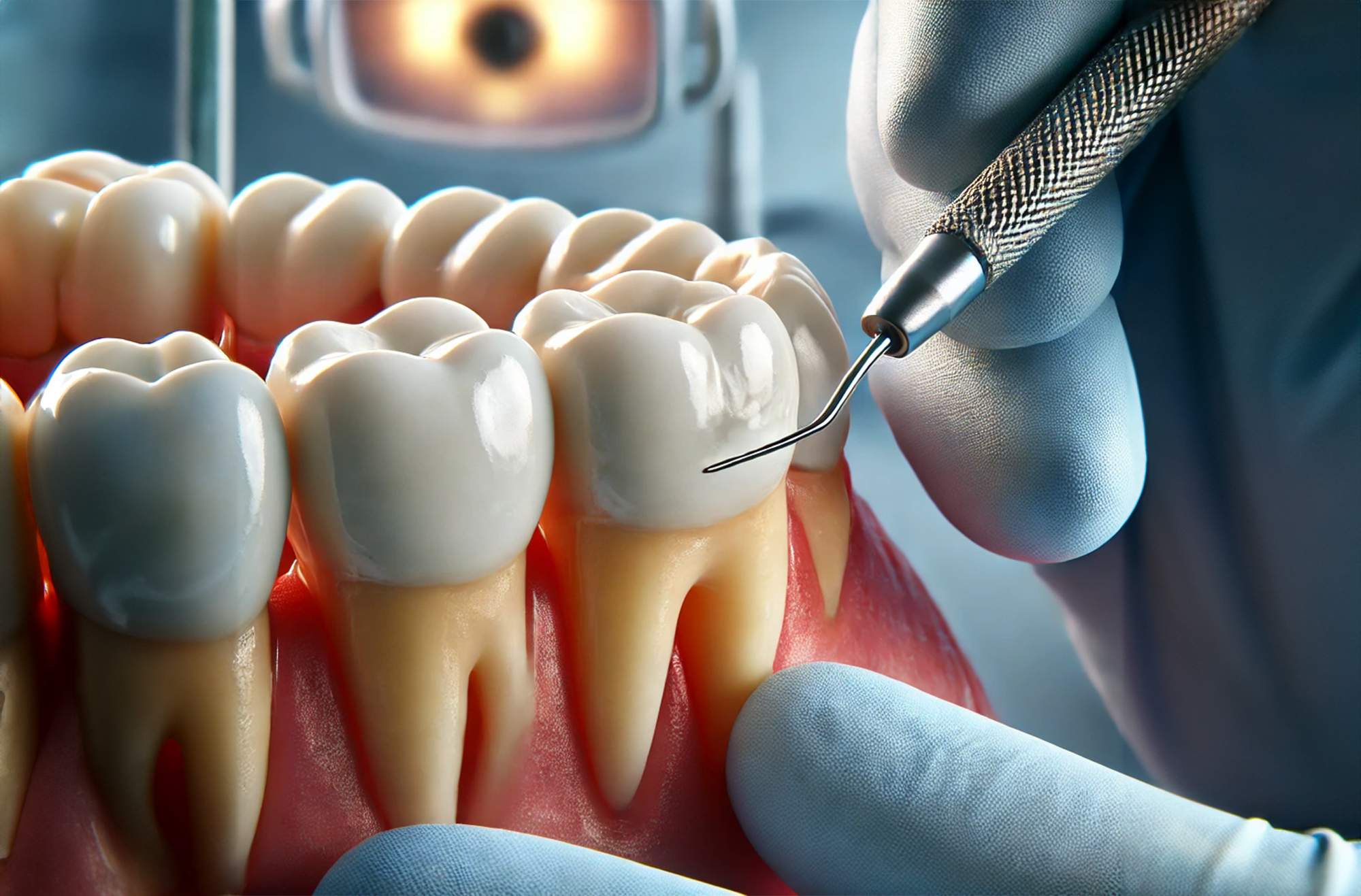In recent years, the field of dentistry has seen remarkable advancements, and among the most promising of these is biomimetic dentistry. Rooted in the principles of nature, biomimetic dentistry focuses on preserving and restoring teeth in a way that mimics their natural structure, function, and aesthetics. This approach not only enhances the longevity of dental restorations but also promotes overall oral health by minimizing the need for invasive procedures.
Understanding Biomimetic Dentistry
Biomimetic dentistry is a relatively new field that draws inspiration from nature’s own engineering. The term “biomimetic” comes from the Greek words “bios,” meaning life, and “mimesis,” meaning imitation. In the context of dentistry, it refers to the practice of using materials and techniques that replicate the properties of natural teeth as closely as possible. This approach stands in stark contrast to traditional dentistry, which often involves removing large amounts of healthy tooth structure to place restorations.
The goal of biomimetic dentistry is to conserve as much of the natural tooth as possible. By doing so, dentists can maintain the tooth’s inherent strength and reduce the likelihood of future complications, such as fractures or decay. This is achieved by using advanced materials and bonding techniques that allow for minimal tooth reduction and a more natural restoration.
Key Principles of Biomimetic Dentistry
- Conservation of Tooth Structure:
- One of the core tenets of biomimetic dentistry is the preservation of healthy tooth structure. Traditional methods often involve significant removal of the tooth to accommodate restorations like crowns or bridges. However, biomimetic techniques prioritize the maintenance of as much natural enamel and dentin as possible, which is crucial for the long-term health of the tooth.
- Use of Advanced Adhesive Techniques:
- Biomimetic dentistry relies heavily on adhesive techniques that bond restorative materials directly to the tooth. These adhesives mimic the natural bond between enamel and dentin, resulting in a restoration that behaves similarly to a natural tooth. This method not only strengthens the tooth but also reduces the need for further interventions.
- Biomimetic Materials:
- The materials used in biomimetic dentistry are designed to closely replicate the physical properties of natural teeth. For instance, composites and ceramics used in these procedures can mimic the flexibility and hardness of dentin and enamel, respectively. This allows for restorations that are not only durable but also aesthetically pleasing.
- Stress Reduction:
- Traditional restorative techniques can introduce stress points within a tooth, leading to potential fractures over time. Biomimetic dentistry, however, focuses on reducing stress by using materials that distribute forces more evenly, much like a natural tooth would. This approach helps prevent long-term damage and increases the lifespan of the restoration.
- Minimally Invasive Procedures:
- One of the most significant advantages of biomimetic dentistry is its minimally invasive nature. By reducing the amount of tooth structure that needs to be removed, these procedures are less traumatic for the patient and often result in faster recovery times. Moreover, preserving the natural tooth structure helps maintain the tooth’s biomechanical integrity, reducing the risk of future issues.
The Advantages of Biomimetic Dentistry
- Longevity of Restorations: Since biomimetic restorations mimic the natural tooth structure, they are more likely to last longer compared to traditional restorations. The materials used are designed to withstand the same forces as natural teeth, reducing the likelihood of fractures or failures.
- Aesthetic Superiority: Biomimetic materials can be color-matched to the patient’s natural teeth, providing a seamless and natural appearance. This is particularly important for restorations on visible teeth, where aesthetics play a significant role in patient satisfaction.
- Reduced Need for Root Canals: By preserving more of the natural tooth and using less invasive techniques, biomimetic dentistry can often prevent the need for root canal therapy, which is sometimes required after traditional restorative procedures.
- Enhanced Patient Comfort: Minimally invasive procedures mean less discomfort during and after treatment. Patients are likely to experience less pain and a quicker recovery, making biomimetic dentistry a patient-friendly option.
The Future of Biomimetic Dentistry
As technology continues to evolve, the techniques and materials used in biomimetic dentistry are expected to improve further. The integration of digital dentistry, including 3D printing and CAD/CAM systems, allows for even more precise restorations that fit perfectly and function seamlessly. Additionally, ongoing research into new biomimetic materials promises to enhance the durability and aesthetic quality of dental restorations.
For those seeking dental care that prioritizes the preservation of natural tooth structure and offers long-lasting, aesthetically pleasing results, biomimetic dentistry represents the future of dental restorations. At QuadroDental, we are committed to providing our patients with the most advanced and effective treatments available, including cutting-edge biomimetic dental techniques. Our focus is on ensuring that every restoration not only looks natural but also functions as effectively as the original tooth, giving our patients the confidence to smile with ease.
